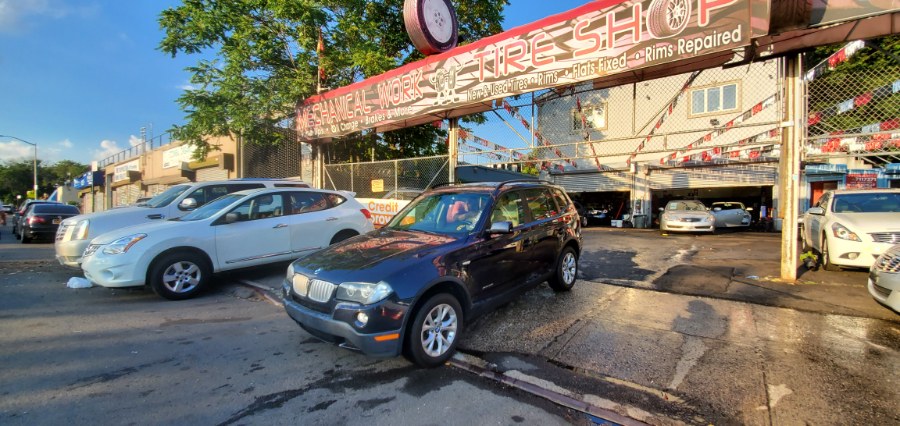


This is where awareness kicks in, and how more education on pricing and TCO analysis should help in making a positive shift towards EVs. However, issues like limited range, high initial costs, limited payload capacity, and lack of supportive infra become drivers of purchase, where ICE still gets the advantage.

Continuous evaluation and adaptation of strategies based on market dynamics and technological advancements are also essential.Ī commercial vehicle driver or customer looks at EVs from the perspectives of profitability, charging, maintenance, and potential resale value. For mass transition to materialise, a comprehensive and coordinated ecosystem for infrastructure, policy, technology, and consumer-related challenges needs to be institutionalised. It is important to build an EV ecosystem as a long-term endeavour. Furthermore, customers and drivers have already been accustomed to traditional ICE vehicles and have concerns about the reliability, maintenance, and performance of EVs, as well as the availability of specialised servicing and repairs. The challenge with the second-tier markets is to change this perception, and drive first-time purchases on mass scale, which right now is restricted to first-time risk takers and a few captive users. Markets like Ahmadabad, Ranchi, Patna, Agra, and many more are goldmines for last-mile delivery however, adoption and awareness of benefits of EVs remain limited. The challenge to drive adoption beyond first-time risk takers From increased customer awareness to accessible financial incentives, and comprehensive infra support - all of which need to be tailored to match the customer needs in these markets. Transition to electric has picked up massive momentum in Tier 1 and metropolitan markets, especially in segments like two-wheeler and commercial vehicles, however, it is high time that the industry now turns to develop a thriving EV ecosystem that goes beyond metros. To encourage mass adoption of commercial electric vehicles (EVs), it is imperative that OEMs mobilise customers across Tier 2 and 3 markets.


 0 kommentar(er)
0 kommentar(er)
